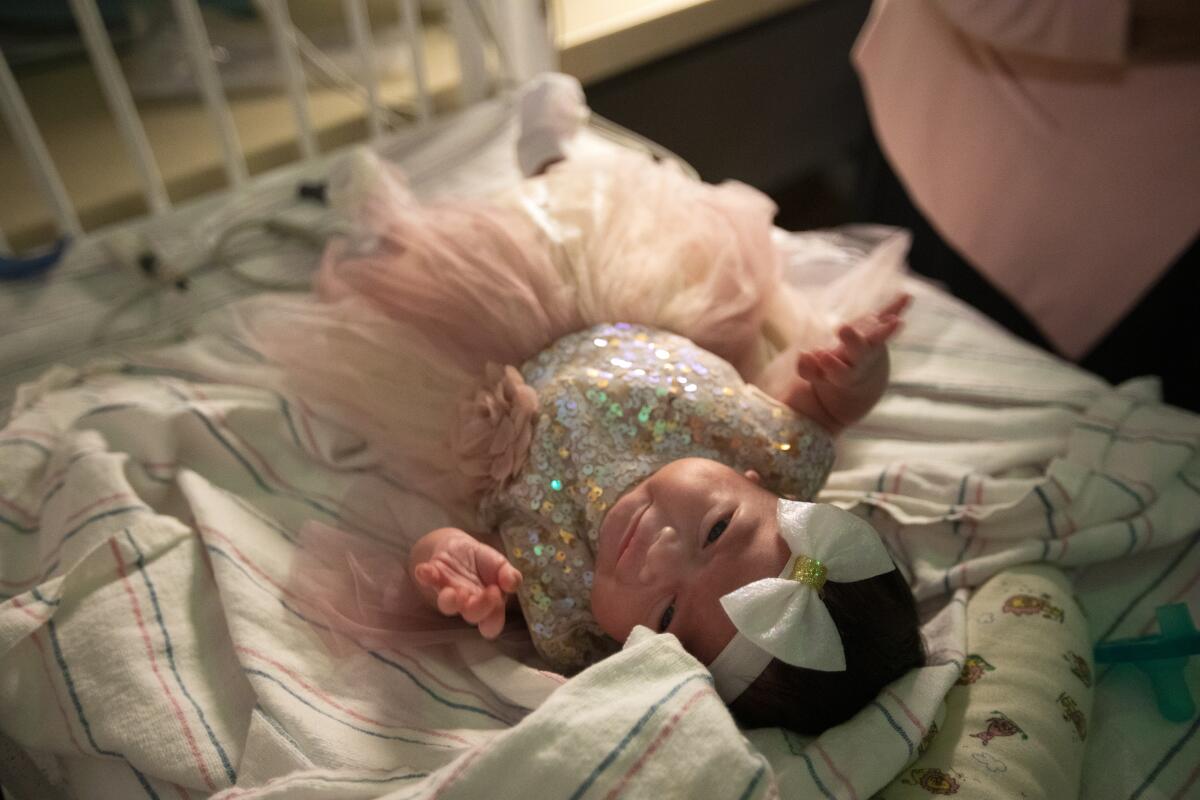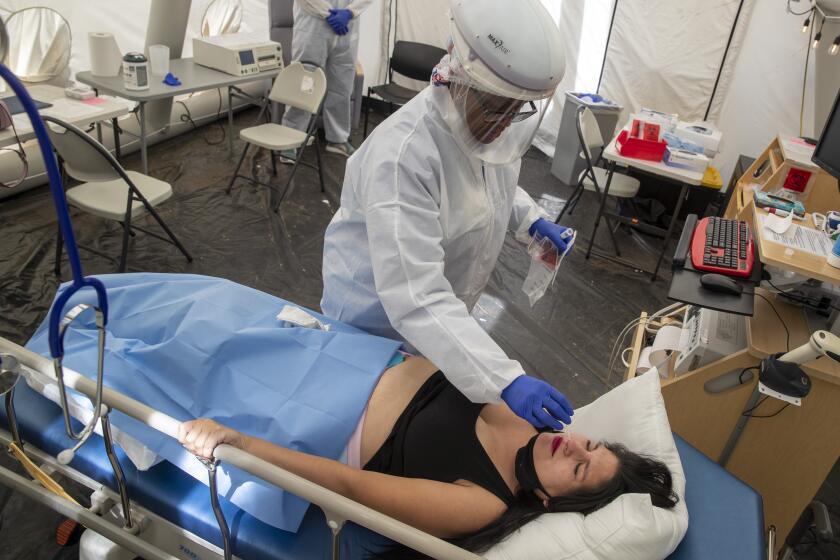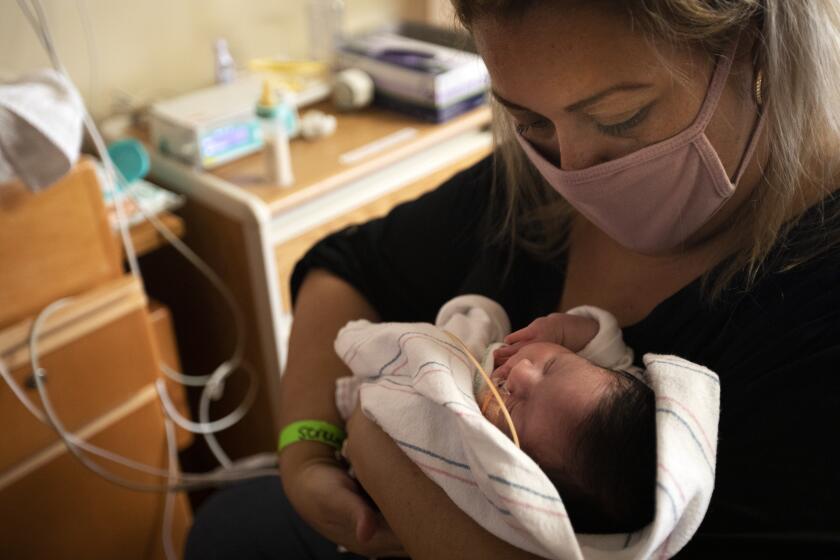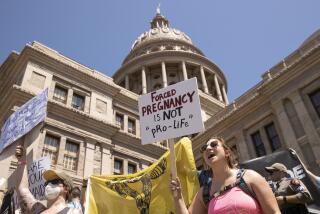Record-low U.S. birth rate fell another 4% in 2020, CDC says

2020 was a grueling year, but at least the number of Americans born into it was lower than it had been in more than four decades.
A total of 3,604,201 babies were born last year in the United States, Puerto Rico and the Northern Marianas, according to a new report from the Centers for Disease Control and Prevention. That’s 4% lower than in 2019 and the sixth year in a row that the number of births declined.
In fact, the figure is so low that you have to go all the way back to 1979 to beat it. Back then, the U.S. population was 224,567,241, according to the Census Bureau. On Dec. 31, 2020, it was 330,034,257.
To consider the number of births relative to the size the population, demographers use a statistic called the general fertility rate. It compares the number of live births with the number of females between the ages of 15 and 44, who are considered to be of childbearing age.
Pregnant women with COVID-19 face a significantly higher risk of death and of complications for themselves or their newborns, a new study finds.
In 2020, the general fertility rate in the U.S. was 55.8 births per 1,000 women in that age group. That’s also 4% lower than it was in 2019 — and low enough to set a record for the country.
Declines in the general fertility rate were seen across racial and ethnic groups. They fell 4% for white, Black and Latina women; 9% for Asian women; 3% for Native Hawaiians and other Pacific islanders; and 7% for Native American and Alaska Native women.
Another way to assess the number of births is to imagine a group of 1,000 women and calculate how many babies they would have over their lifetimes based on the actual birth rates of women of in different age groups. That is called the total fertility rate.
In 2020, the U.S. total fertility rate was 1,637.5 births per 1,000 women. Once again, this was 4% lower than in 2019, and once again it was a record low.
In order for a generation of Americans to exactly replace itself, those 1,000 women have to have 2,100 babies over the course of their lives. American women have been below this number every year since 2007, and in most years since 1971. But they’ve never been as far off the mark as they were in 2020. (The U.S. population still grows thanks to immigration.)
Very little is known about the impact of COVID-19 on women and the babies they carry.
Women in their late 20s and early 30s were responsible for the most births, but women in all age groups contributed to the overall decline:
• There were 15.3 births per 1,000 women between the ages of 15 and 19, a decline of 8% compared with 2019.
• There were 62.8 births per 1,000 women ages 20 to 24, down 6% from 2019.
• There were 90 births per 1,000 women ages 25 to 29, a year-to-year drop of 4%.
• There were 94.8 births per 1,000 women ages 30 to 34, also 4% lower than the prior year.
• There were 51.7 births per 1,000 women ages 35 to 39, a 2% decline from 2019.
• There were 11.8 births per 1,000 women ages 40 to 44, also 2% lower than in 2019.
Birth rates for the three groups of women under 30 all hit record lows. The most notable of these is the teen birth rate — it is now 63% lower than it was in 2007, when the current downturn began.
Birth rates were flat for girls between the ages of 10 and 14 (0.2 per 1,000) and for women between the ages of 45 and 49 (0.9 per 1,000), but neither group is considered to be of childbearing age.
These provisional figures are based on data culled from birth certificates around the country and processed by the CDC’s National Center for Health Statistics. The authors of the report say that 99.87% of all registered births are accounted for in their analysis.









